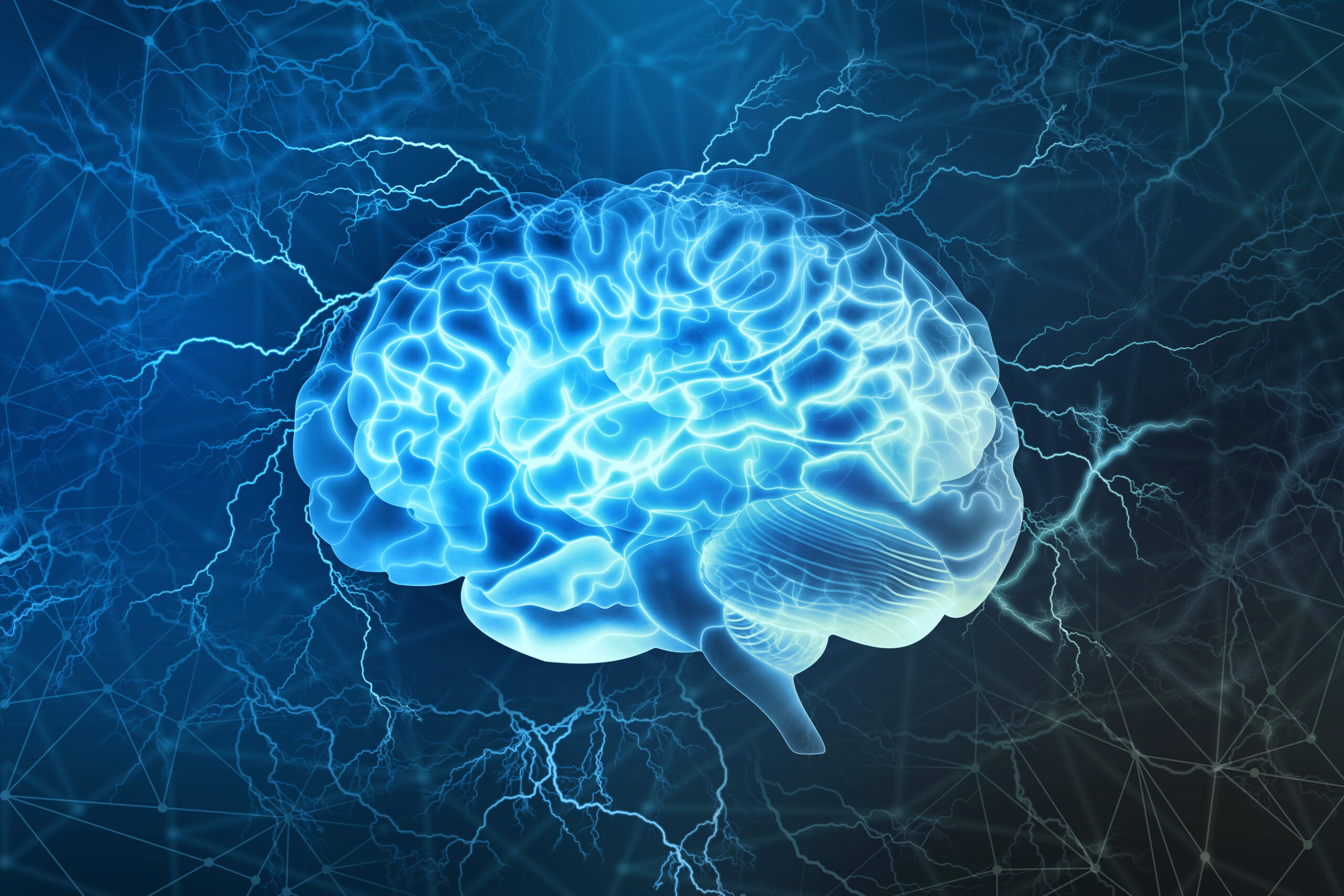What happens after death has been a mystery throughout all of human history. The brain is a vital organ when it comes to determining death. When activity in the brain ceases and brain death is confirmed, there is no possibility of recovery. However, recent advances and research have identified that changes actually occur in the human brain a few hours after death. Understanding the precise processes that occur in the brain post-mortem, or after death, could possibly offer insights into the brains of patients suffering from neurodegenerative disorders. For instance, in neurodegenerative conditions, brain tissue is not properly maintained so it can appear similar to dying tissue. Because neurodegeneration cannot currently be reversed, like brain death, studying isolated dying brain tissue can serve as a valuable proxy.
When trying to understand what happens to the brain post-mortem, there are some challenges in acquiring and studying dying human tissue. However, a collaborative group from the University of Illinois, the University of California, Berkeley, and Cold Spring Harbor Laboratory avoided these challenges by taking advantage of a neurosurgical procedure for epileptic patients. Brain resection surgery is a type of brain surgery that consists of the removal of a particular brain area if it is causing undesirable problems for patients. Once the tissue is removed from the brain, the tissue begins to die since it is cut off from the body’s blood supply. Due to the controlled nature of neurosurgery, the researchers were able to coordinate with the neurosurgeons to take the brain tissue after the surgery and preserve it so they could study it quickly after the tissue had “died”.
Doctors can use tissue resected from brain surgeries in order to study the brain during the process of death.
Image source: Thierry Dosogne
Once the researchers acquired this tissue, they measured the amount of gene activity in the brain over time. Genes are made up of DNA and contain the information necessary to create proteins that control everything about our bodies, from our hair color to making our bladders function. These genes undergo two processes called transcription and translation to create these proteins. So, the researchers measured levels of transcription to get an idea of how the functions in the brain are shifting due to changing gene activity. They identified that there was an ongoing reduction of transcription for genes that control neurons and an increase of transcription for genes that control glial cells, which are cells that act as “support” in the nervous system.
Functionally, this makes sense because neurons are no longer active when someone dies, so their activity would naturally be reduced during the process of death. Interestingly, the findings for glial cells also make sense because, as brain tissue decays, glial cells get activated to try to “clean up” the decay in the nervous system. While these results are not unexpected, this is the first time this type of gene activity has been documented in living human tissue. Moving forward, this research can be used to better understand degenerating conditions in neurological disease, and hopefully improve the lives of those suffering from these disorders.
Featured Image Source: Siarhei










